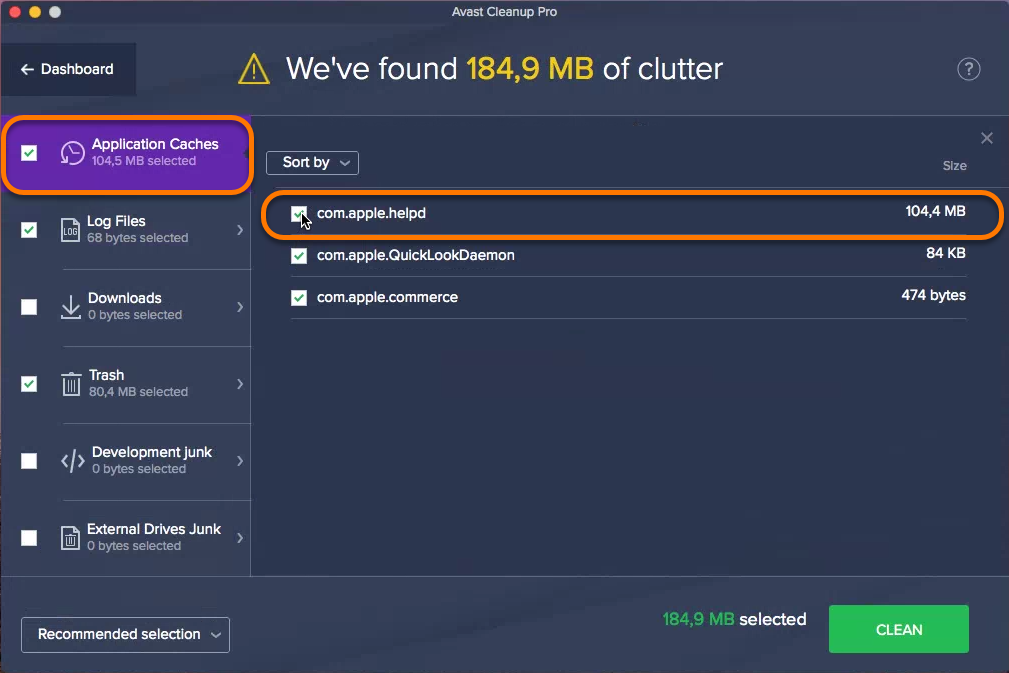Outlook For 2011 For Mac Proxy Issue
Oct 17, 2012 Problem is only when im sitting behind a corporate proxy server (outside my organisation) I suspect outlook 2011 is not inheriting the proxy settings which are in the system proxy settings. So outlook 2011 is not able to communicate with my vendors proxy server. Cause: Outlook for Mac is a 'non-SNI capable' client. Web Application Proxy utilizes the Server Name Indication (SNI) feature of SSL TLS and clients that do not support this will not work correctly. Web Application Proxy utilizes the Server Name Indication (SNI) feature of SSL TLS and clients that do not support this will not work correctly. This site uses cookies for analytics, personalized content and ads. By continuing to browse this site, you agree to this use. When inside the office, users with Office 2011 for Mac have no problems, but outside the office, Outlook Anywhere needs to be configured to correct how Outlook connects to the Exchange server.
I was having a similar problem using Outlook 2011 running under Mountain Lion (10.8.2) on an MacBook Pro. When at work, behind our proxy server, I could not get Outlook to connect to a client's public Exchange server, but this worked fine without changing any settings when I was connected to our DMZ network or at home (no proxy server in these cases). My MacBook was configured to use 'Auto Proxy Configuration', and Safari worked fine in all three locations (as did Apple mail) Today, the Microsoft Office auto-updater downloaded an update, and since it was installed, the problem has been fixed and I've been able to connect to our client's external Exchange server event when behind our local proxy server (Outlook now reports that the latest installed update is 14.2.5) Steve. Apple Footer • This site contains user submitted content, comments and opinions and is for informational purposes only. Apple may provide or recommend responses as a possible solution based on the information provided; every potential issue may involve several factors not detailed in the conversations captured in an electronic forum and Apple can therefore provide no guarantee as to the efficacy of any proposed solutions on the community forums. Apple disclaims any and all liability for the acts, omissions and conduct of any third parties in connection with or related to your use of the site.

A colleague of mine was setting up a customer for Exchange 2010. Everything was set up like it should be, Outlook 2007 and Outlook 2010 clients worked like a charm. Photoshop cc 2017 for mac full crack.  This customer also has a few Macs running Office 2011, where Outlook unfortunately refused to do anything (literally).
This customer also has a few Macs running Office 2011, where Outlook unfortunately refused to do anything (literally).
While in a peer-to-peer session between a Windows Skype for Business client and a Mac Skype for Business client, and sharing is started by the Mac Skype for Business client, the Windows Skype for Business client will not be able to see the Mac user's desktop. Open the PowerPoint file on the computer and share the screen in the meeting. Skype for business 2016 screen sharing issues. Screen sharing is awful. It takes 30+ seconds just to paint the screen once. By that time, the user has jumped around all over the place, so it's completely unusable. I'm running the latest version of Skype for Mac for Business on a 15' tMBP on the latest Mac OS Version. When I start a screen sharing from a chat, it's extremely slow and takes about 10 seconds to 'paint' a slide. Hi, Has anyone seen this issue or is it just us. Mac client 10.13.4 with SfB 16.16.102. In a SfB meeting and doing a screen share with powerpoint in slideshow mode.
I need to set a rule in outlook for mac 2016 automatically cc my boss. Basic Authentication is pretty much what it sounds like, pretty basic. It sends username and password in clear text across the network, which is, of course, horrible unsafe by default. Exchange 2010 however, works over an encrypted channel (HTTPS), which encrypts all the traffic, making it significant more safe. Because of this, the basic authentication “hand-shake” never leaves your computer unencrypted, and an unwanted person can’t simply sniff it on the network, not without breaking the encryption, in which case your user login is probably the last thing you want to worry about.